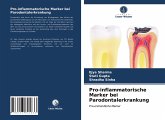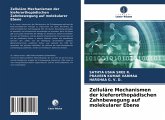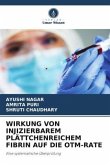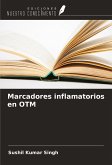

25,99 €
Versandfertig in 6-10 Tagen
25,99 €
Versandfertig in 6-10 Tagen
25,99 €
Versandfertig in 6-10 Tagen
25,99 €
Versandfertig in 6-10 Tagen
Ähnliche Artikel

Broschiertes Buch
Pro-entzündliche Marker
2. Juli 2021
Verlag Unser Wissen

Broschiertes Buch
28. Juli 2021
Verlag Unser Wissen

Broschiertes Buch
Überblick über verschiedene katabolische Biomarker bei kieferorthopädischen Zahnbewegungen
19. April 2022
Verlag Unser Wissen

Broschiertes Buch
Eine systematische Überprüfung
15. März 2023
Verlag Unser Wissen

25,99 €
Versandfertig in 6-10 Tagen

Broschiertes Buch
Ein vollständiges Detail
24. Mai 2023
Verlag Unser Wissen

25,99 €
Versandfertig in 1-2 Wochen
Ähnlichkeitssuche: Fact®Finder von OMIKRON
